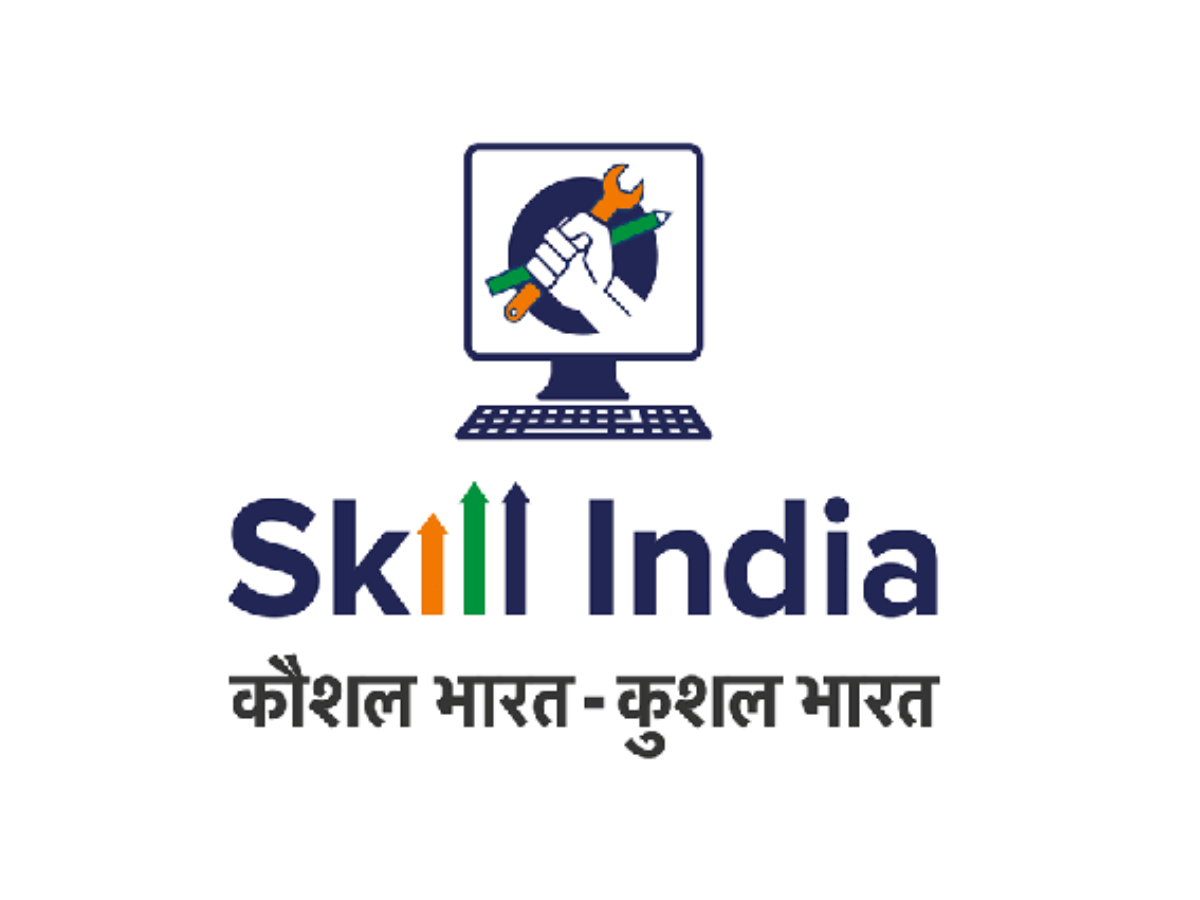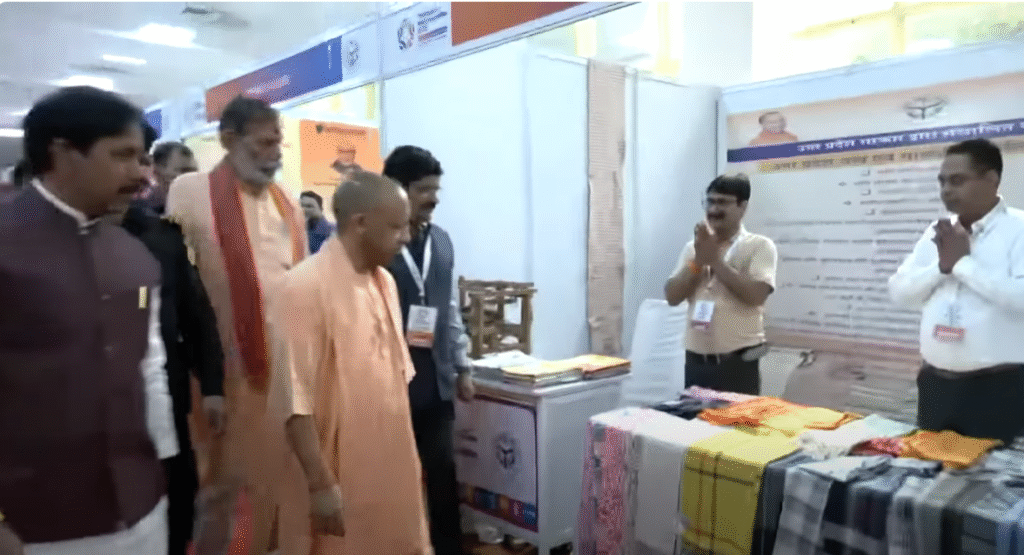Introduction
Dubai real estate is surging forward in 2025 with unprecedented momentum. From record-breaking transaction volumes and prices to groundbreaking developer strategies, here’s a crisp yet comprehensive overview that business-savvy readers will find both engaging and valuable.

Key Market Highlights
- Market Reaches Record Heights
In Q2 2025, Dubai’s residential market soared with sales value jumping 46% year-over-year to AED 151.8 billion. Transaction volume climbed 25%, totaling 50,485 units.
Property prices rose to AED 1,582 per sq ft, up 6% QoQ and 18% YoY, near post-pandemic highs
- Surging Transaction Values
In H1 2025, total property transaction values in Dubai reached an impressive AED 431 billion, signaling sustained investor confidence.
- Price Indices Strongly Uptrend
According to REIDIN, residential prices climbed 15.60% YoY, with villa prices up 17.81% and apartments 15.22%

- Supply Boost Hits Market
As per The Times of India as of mid-2025, Dubai is slated to deliver 73,000 new homes, advancing toward a total of 300,000 new units by 2028.
Correspondingly, Fitch projects a potential price correction of up to 15%, as supply outpaces demand
Reuters
- Innovative Developer Strategies
Major developers like Emaar, Samana, Ellington, and Azizi are now building in-house to better control costs, quality, and timelines. Emaar’s in-house arm, Rukn Mirage, exemplifies this shift.
- Ultra-Luxury Demand Remains High
Dubai is ramping up villa construction with nearly 9,000 set to complete in 2024, plus 19,700 more in 2025, catering to high-net-worth buyers.
- Long-Term Resilience & Regulatory Strength
Dubai’s real estate has seen an 18% increase in price index and 39% transaction growth YoY in 2024, backed by structural reforms like escrow protections and stricter mortgage caps.

Leading Developers Powering the Market
Here are the top players shaping Dubai’s skyline:
| Developer | Strengths & Highlights |
|---|---|
| Emaar, DAMAC, Nakheel, Sobha, Ellington, Meraas, Binghatti, Imtiaz, Samana, Others | Among top 10 by sales in 2025, delivering upscale, commercial, and integrated community projects |
| Danube Properties | Unveiled Diamondz in JLT (AED 2.4 billion project) plus flexible “1% payment plan” to attract middle-income buyers |
| Nakheel | Developer of iconic master projects: Palm Jumeirah, Jumeirah Lake Towers, Dubai Islands |
| Emaar | One of UAE’s largest developers; founder of Burj Khalifa; extensive global portfolio |
What This Means for Investors and Buyers
- Investors: Still a lucrative landscape—but keep an eye on emerging supply to time investments.
- Homebuyers: Growing supply and flexible financing (e.g., 1% plans) improve affordability, yet market distribution remains incentive-heavy.
- Developers: In-house construction shows control and efficiency—but must be vigilant in managing operational risks.
- Policy-Watchers: Regulatory frameworks like escrow accounts, mortgage caps, and housing supply expansion remain critical for sustainable growth.
Conclusion
Dubai real estate in 2025 remains a dynamic, high-growth arena—fueled by robust demand, soaring prices, and agile developer strategies. While supply expansion may temper exuberance, structural reforms, investor safeguards, and long-term strategic planning suggest the boom is not just sustainable—but evolving into a more mature, resilient market.

























